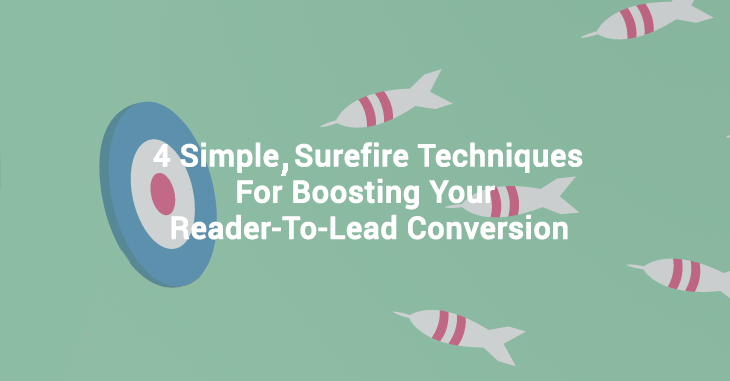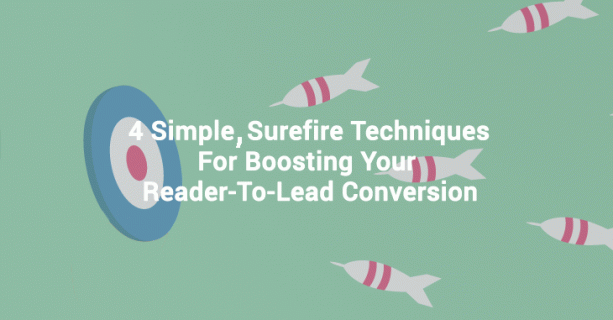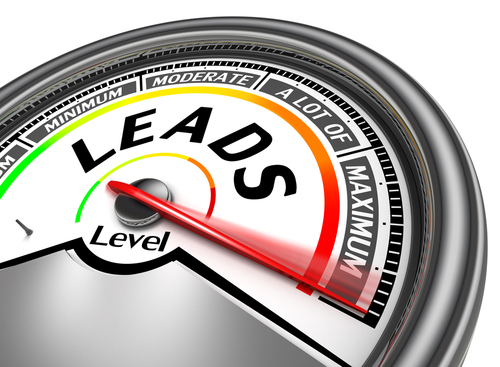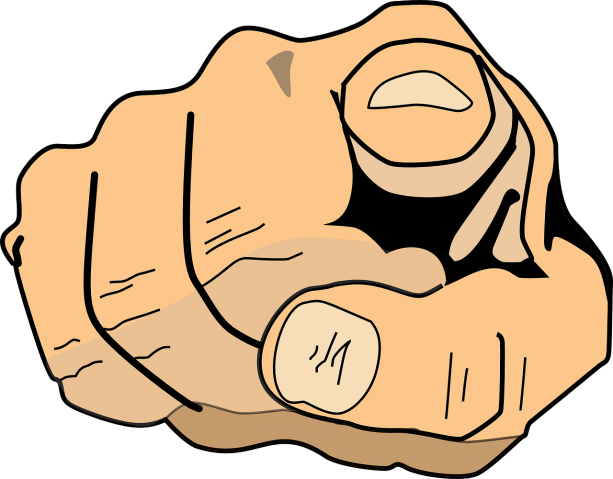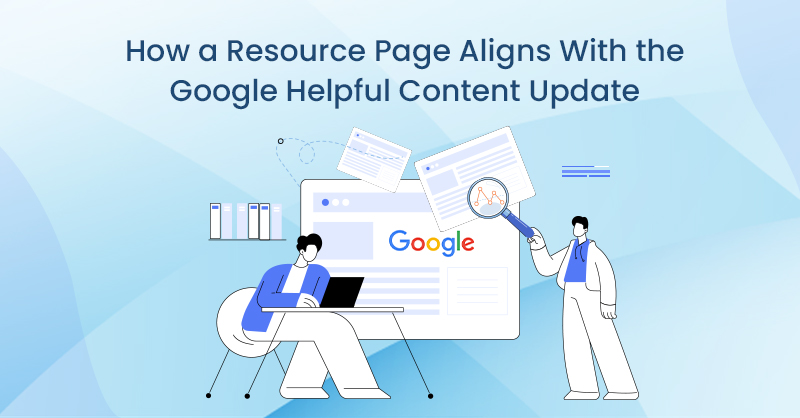Listen, you can write bucketloads of fresh content and have a great position in search engines… but if you can’t persuade people to take action – you won’t get the business you need.
Here, I’m going to share four simple, proven techniques to make sure your content compels action and drives more leads, sales, and revenue.
Let’s start at the beginning:
1) The Appeal
The aspect of your product or service you primarily focus on and the benefit it provides is the most critical component in developing winning content.
If you get this wrong – your material will fail to generate the incoming leads you desire.
Here’s some food for thought:
Legendary copywriter John Caples tells a story about an ad generating lukewarm sales numbers.
The appeal (or focus) of the ad was changed and the new version brought in 19.5X as many sales – yes, a 1950% increase!
Nothing else changed – the product was the same and so was the audience. It was the correct appeal that made the difference.
And with a little elbow grease, you can put yourself in a good position to discover what aspect of your product will move mountains.
- Examine your product or service in microscopic detail and note every possible benefit to your target audience. I suggest you also look for issues or potential drawbacks associated with your offering. We’ve all seen shallow content and it usually flows from a lack of knowledge. If you don’t know your subject inside and out, you are playing with fire.
- The next step is talking to real, live customers! Discover what they like about your product or service, what they don’t like, possible objections to buying, why they bought in the first place, reasons they may not have bought during the process. Along with your total knowledge of the subject – these customer insights will unlock the secrets to the sale. If you aren’t able to speak to customers, research online where people are talking about your type of offering and try to find answers to the questions listed above.
Once you have the combination of total knowledge and insight into customer thinking the right appeal will often become blindingly obvious.
Also on TechWyse
5 Best Practices For Testimonials That Lead to Increased Conversions
6 Web Conversion Rate Optimisation Tips to Implement Now
2) The Headline
David Ogilvy said once you’ve written the headline, you’ve spent 80 cents of your advertising dollar. What did he mean? Ogilvy said only 20% of people read beyond the headline so if you don’t have a killer lead, you’ll never even get a chance to present your full argument.
The good news is most people do this very poorly – so if you can develop solid headlines you’ll be in a good position to outdo your competition.
The Three Most Effective Headline Types:
Self-Interest - If you can answer the ultimate prospect question, ‘What’s in it for me?’ in your headline you’re halfway there. The other half? The appeal has to be on point.
News - News indicates something fresh. A new approach to solving an old problem, a new product or innovation.
Curiosity - The third type of headline tackles reader curiosity with the goal of intriguing them enough that they read on, just to find out what you are talking about.
If you can combine two or even all three approaches into your headline you will have something special.
One thing to note: a boring, but relevant headline will destroy a creative, but irrelevant headline. Always focus on relevance first and then worry about being ‘creative’.
3) The Most Important Word In Marketing
When I ask the question, ‘What’s the most important word in marketing?’ many people answer without hesitating.
They say ‘Free!’ The correct answer is: YOU
You – you – you!
When you’re writing to someone, you want to speak directly to them - as I am doing with you in this article.
People respond individually – so it makes sense to talk to them as individuals.
They want to see what you can do for them – how you can help solve their problems, make their lives easier, help them achieve their goals.
Using the word ‘you’ is the first simple but powerful step in this process because it creates an instant connection.
4) A Little Twist On Benefits
Let me quickly go over Features and Benefits 101 before getting into a tweak sure to improve your results.
A feature is what your product is – a benefit is what your product does. In a nutshell, your benefit is the positive end result a user gets from your product or service.
Okay, onwards and upwards. Here’s the twist I want to talk about:
The benefit you think is important might mean nothing to your reader.
So, you better be 100% sure you’re aligned with your prospects’ needs before you start writing.
For the sake of simplicity, let’s say you sell a car. You might think the biggest benefit is your car is fast.
However, if your prospect is most interested in fuel efficiency – you’ve got a big-time problem. Hopefully, you have a product or service with multiple benefits and can speak to the value you provide on many different levels.
Yet, figuring out which benefit most resonates with your market is the key to boosting response – especially if you have limited space to work with.
When you’re working with long copy, something I call the ‘Hierarchy of Customer Wants’ comes into play. This is where you speak to customer wants in the order of importance readers attach to them.
Using the car example, the Hierarchy might look something like this:
- Fuel Efficiency
- Safety
- Comfort
- Appearance
- Speed
Let’s say you can tick all of these boxes with your car – it’s efficient, safe, comfortable etc. – matching your benefits list to customer wants can help you pump up your response compared to a situation where you’ve lined them up according to your ‘gut instinct’.
Here’s how you figure out the Hierarchy (it’s very easy):
If you’ve talked to your customers while researching your Hook or Appeal as outlined in technique #1 – determining the order of customer needs is nothing more than a matter of looking over your notes.
Here’s the bottom-line:
People who get results aren’t geniuses or different than the average person except in a couple of ways – they know the techniques to use and they work harder to find out key information that unlocks the door to sky-high response.
